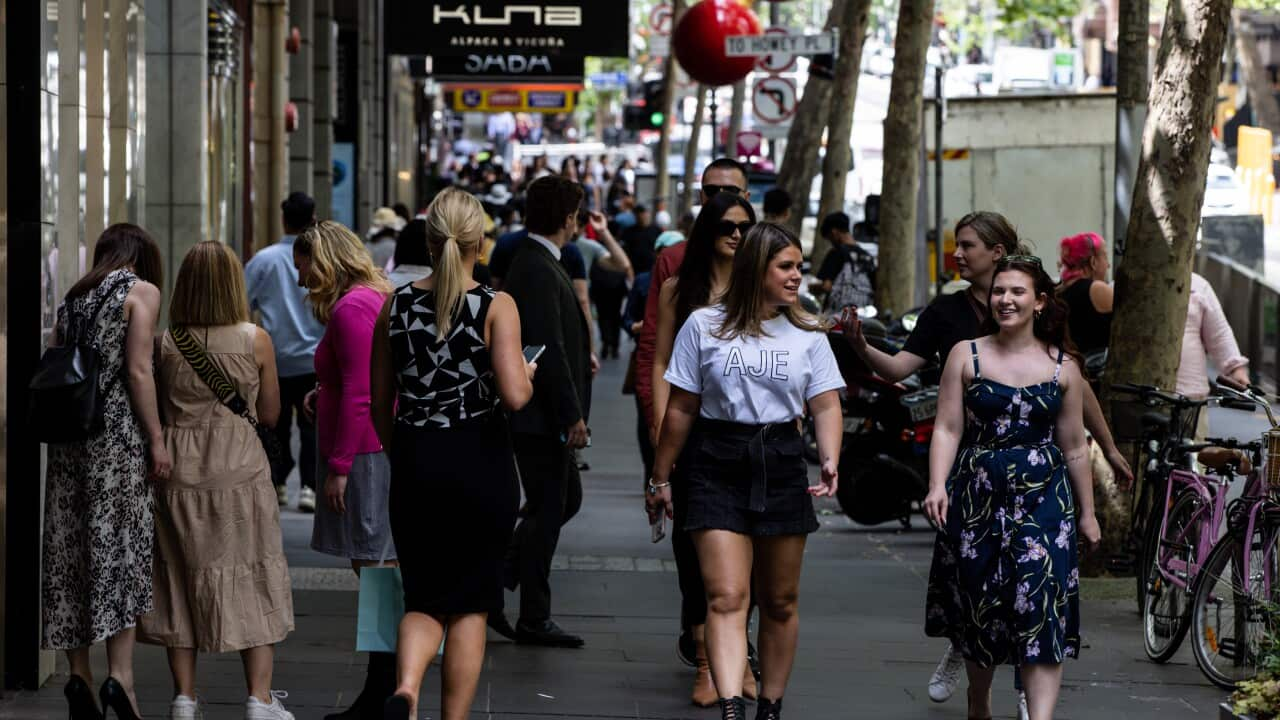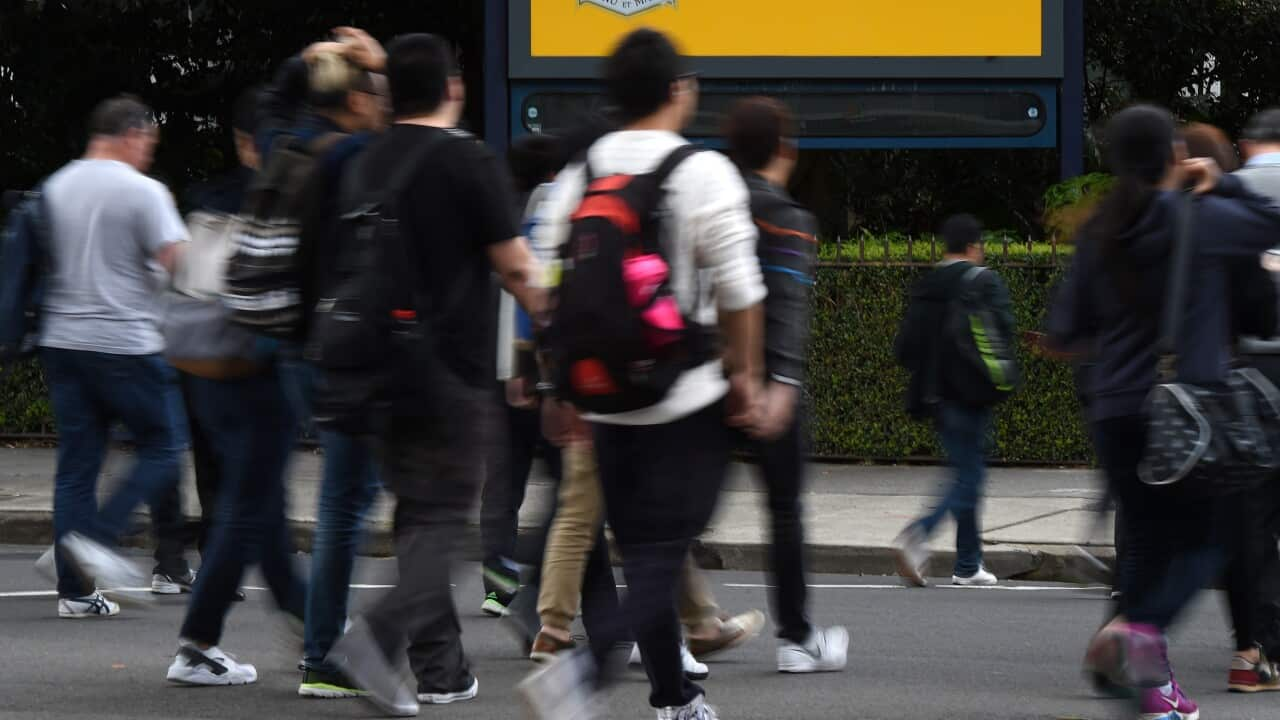Across the country medical and hospital services costs increased by 4.2 per cent
- Consumer Price Index has gone up 1.4 per cent in the past quarter.
- Tertiary education, medical and hospital services, gas and domestic holiday travel and accommodation all cost more.
- Treasurer Jim Chalmers said increases in the cost of living were “still being felt around the kitchen tables in this country.”
Tony Konjarski has chronic back pain, rheumatoid arthritis and has glaucoma, which affects his vision but he often defers rheumatologist and physiotherapist appointments for months.
The 58-year-old from Wollongong cannot always afford to pay to see the specialists required for his conditions and it has only been getting more difficult in recent months.
Across the country medical and hospital services costs increased by 4.2 per cent between December 2022 and March 2023.
It is one of the areas within the Australian economy that pushed Consumer Price Index (CPI) figures up 1.4 per cent in the past quarter.

Treasurer Jim Chalmers said he believed inflation had peaked but said the pain of high inflation would linger. Source: AAP / Bianca de Marchi
The March 2023 quarter figures put annual inflation at 7 per cent, which is down from a high of 7.8 per cent in the December 2022 quarter.
“The worst of the inflationary pressures are behind us, but they will hang around higher than we'd like for longer than we'd like,” Mr Chalmers said.
As well as medical and hospital services, the other significant contributors to the increase in CPI for the three months to March were tertiary education, gas and other household fuels and domestic holiday travel and accommodation.
How much have medical and hospital services costs risen?
Major David Collinson from the Salvation Army said medications and dental bills were among the items people were seeking assistance from his organisation to pay for.
"They hadn't got a filling done three years ago and then missed a second filling two years ago and the issue just keeps mounting up," he said.
Mr Collinson said in many cases people could not afford medications prescribed for mental health conditions, which often caused further stress on top of the financial stress they were experiencing.
Mr Konjarski who has a casual job as a cleaner earns less than $500 a week and depending on his hours worked, may get up to an additional $60 from Centrelink.
He said he'd love to have a more permanent role but believes his learning difficulties have made finding employment difficult.
If Mr Konjarski is able to get extra shifts at work, he tries to set aside the money for his specialist appointments.
"If I haven't got the money when I get referred to a specialist then I defer it until I can get the money," he said.
Gas and other household fuels see the highest increase
For now, Mr Konjarski tries to swim as often as he can to deal with his back pain and arthritis, and it's also convenient for using less energy.
"I don't shower at home, I shower where I swim, that saves me on my hot water bill," Mr Konjarski said.
"I don't turn any lights on or anything really other than the television."
The cost of gas and other household fuels rose by 14.3 per cent in the March 2023 quarter.

The Salvation Army provides a number of support services to those in the community in need of assistance. Source: AAP / JOEL CARRETT
He recalled the story of a young mother who attended one of the centres for assistance to pay her electricity bill.
"She said, it's getting to the stage where I pay for my bills or pay for my kids lunches," Mr Collinson said.
Housing, HECS-HELP and holidays
Other areas that contributed to the CPI increase were housing, tertiary study and domestic travel costs.
The price of housing increased by 1.9 per cent in the most recent quarter and is currently 9.8 per cent more expensive than it was a year ago.
At the same time the cost of domestic holiday travel and accommodation in Australia rose by 4.7 per cent in the most recent quarter.
Michelle Marquardt, ABS head of prices statistics said the indexation of tertiary education fees and other changes that came in at the start of the year contributed to a 9.7 per cent increase CPI increase in that area.
"This quarter additional strength was seen in tertiary education as changes in student contribution bands and fees introduced in 2021 as part of the Jobs-ready Graduates Package continued to flow through to the index."
Mr Chalmers said cost-of-living relief would come in the Federal budget due to be handed down in 13 days time.
Wednesday morning, when the CPI figures were released also saw the in order to create savings for consumers.












